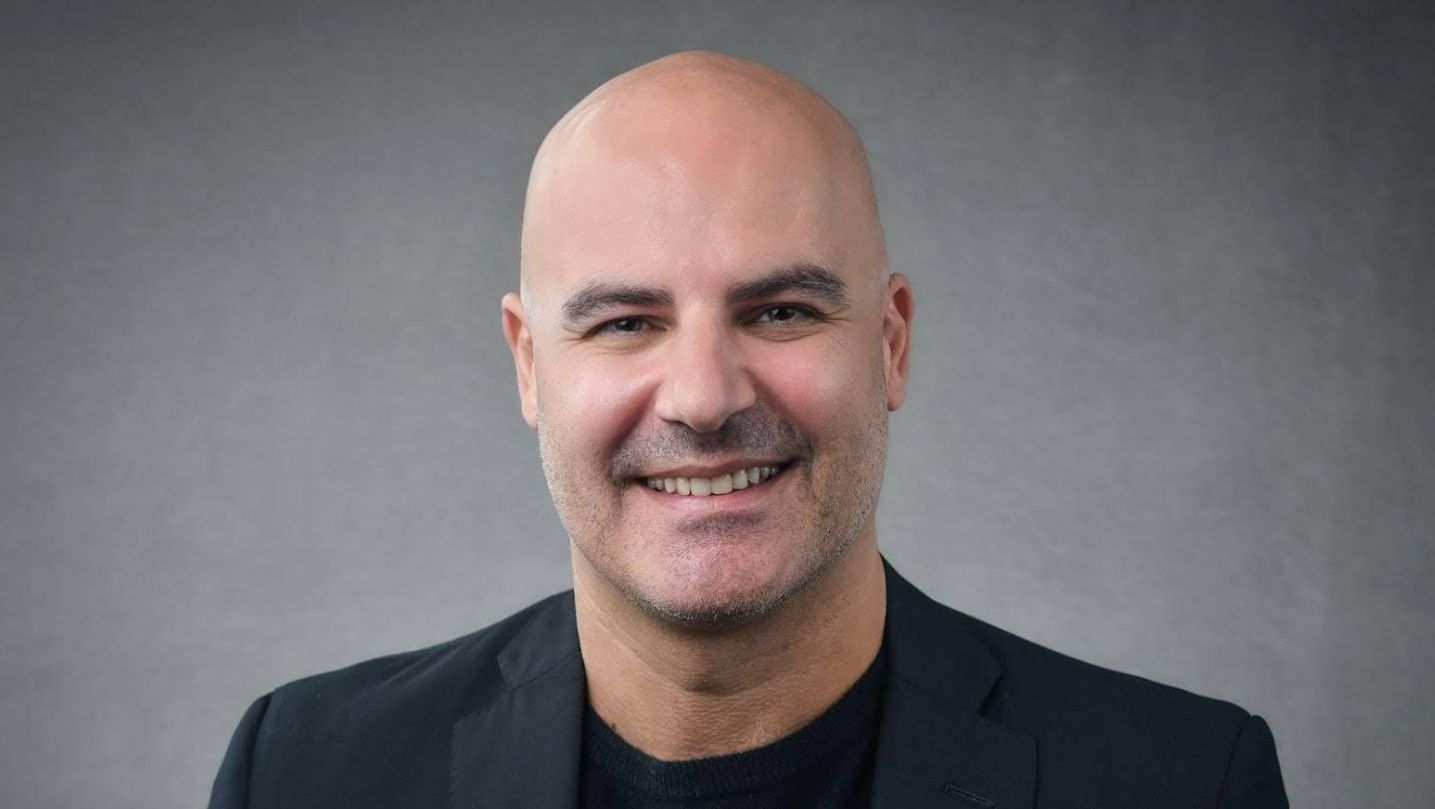 Understanding Market Volatility
Understanding Market Volatility
Markets move in cycles. Periods of growth are followed by downturns. For institutional investors, the challenge is not avoiding risk but managing it. Volatility is part of the system. It reflects changes in interest rates, politics, technology, and consumer demand.
The 2008 financial crisis showed how fast markets can collapse. Global equities fell more than 40% in a year. More recently, the COVID-19 pandemic caused the S&P 500 to lose a third of its value in March 2020 before bouncing back by the summer. These swings are not rare events—they are features of the cycle.
Institutional investors cannot afford to panic. They must prepare strategies that protect capital and allow growth through both booms and recessions.
Building a Resilient Portfolio
Diversification as the Core
The first tool is diversification. A portfolio concentrated in one asset class or geography is fragile. When that sector falls, the whole portfolio suffers.
A study by Vanguard found that portfolios with balanced exposure to equities, bonds, and alternatives had 20% less volatility than equity-heavy portfolios. For institutions, spreading risk across asset types is not optional—it is survival.
Alternatives for Stability
Private equity, real estate, and infrastructure provide insulation against public market swings. These assets are less liquid but offer stability. They also often move on different cycles from public equities, providing balance when markets drop.
One consultant recalled that during the 2020 pandemic downturn, private real estate holdings helped steady their endowment clients when public stocks were down double digits. The lesson: alternatives can be a buffer when traditional assets stumble.
Risk Management Across Cycles
During Growth Phases
When the economy is strong, investors feel pressure to chase returns. But growth phases hide risks. Asset prices climb quickly, often beyond fundamentals.
Institutions must use this period to strengthen balance sheets, review liquidity needs, and run stress tests. Preparing for a downturn when times are good is a hallmark of disciplined investing.
During Recession Phases
When markets fall, liquidity becomes king. Institutions with cash reserves can rebalance portfolios at favourable prices. Those without reserves may be forced to sell at a loss.
A 2021 CFA Institute study found that funds maintaining at least 5% cash reserves during recessions outperformed those without reserves by an average of 3% annually over a decade.
During Recovery Phases
Recovery phases bring opportunity. Asset prices are lower, and investor sentiment is cautious. This is when disciplined investors can buy quality assets at a discount. Institutions that acted boldly in early 2009, for example, captured outsized gains during the next decade-long bull run.
The Human Factor
Numbers and models are critical, but so is behaviour. Institutional decision-makers must guard against emotional reactions. Panic selling during downturns locks in losses. Overconfidence during booms creates bubbles.
As Youssef Zohny has explained in market commentary, the key is building processes that keep decisions consistent across cycles. He notes that committees that review strategy regularly and rely on disciplined asset allocation avoid the extremes of fear and greed.
Actionable Strategies for Institutions
1. Formalise Stress Testing
Run annual stress tests that model extreme events: sudden rate hikes, currency shocks, or 30% market drops. These scenarios show weak points before real crises hit.
2. Maintain Liquidity Buffers
Set a minimum liquidity reserve. This provides flexibility to cover obligations and buy assets at attractive prices during downturns.
3. Use Clear Investment Policies
Documented investment policy statements prevent rash decisions. They define asset allocation ranges, rebalancing rules, and liquidity targets. When markets swing, these rules provide discipline.
4. Strengthen Governance
Decision-making bodies should include members with diverse backgrounds. This reduces groupthink and balances risk appetite. Strong governance ensures that no single voice dominates strategy.
5. Focus on Long-Term Goals
Institutions exist to support missions: universities, foundations, pensions. Short-term losses should not override long-term goals. Keeping sight of these missions helps boards stay disciplined during turbulence.
Lessons From Past Crises
During the 2008 crisis, many funds with heavy exposure to real estate debt were wiped out. In contrast, endowments with diversified allocations, including infrastructure and private equity, weathered the storm better.
In 2020, institutions with disciplined rebalancing policies recovered faster. By buying equities as they fell, they captured the sharp rebound.
History shows that discipline, diversification, and liquidity separate survivors from casualties.
The Future of Risk Management
Volatility is not going away. In fact, it may rise as global economies face rapid shifts in technology, climate policy, and geopolitics. Institutional investors must treat uncertainty as normal.
More advanced data tools and risk models will help, but the fundamentals remain the same. Spread risk. Keep liquidity. Stick to long-term goals.
Final Thoughts
Managing risk across economic cycles is about discipline, not prediction. No one can consistently forecast downturns or recoveries. What institutions can do is build resilient portfolios, strengthen governance, and commit to rules that protect them from emotional decisions.
Markets will rise and fall. Institutions that prepare for both scenarios will not only survive—they will thrive over time.


